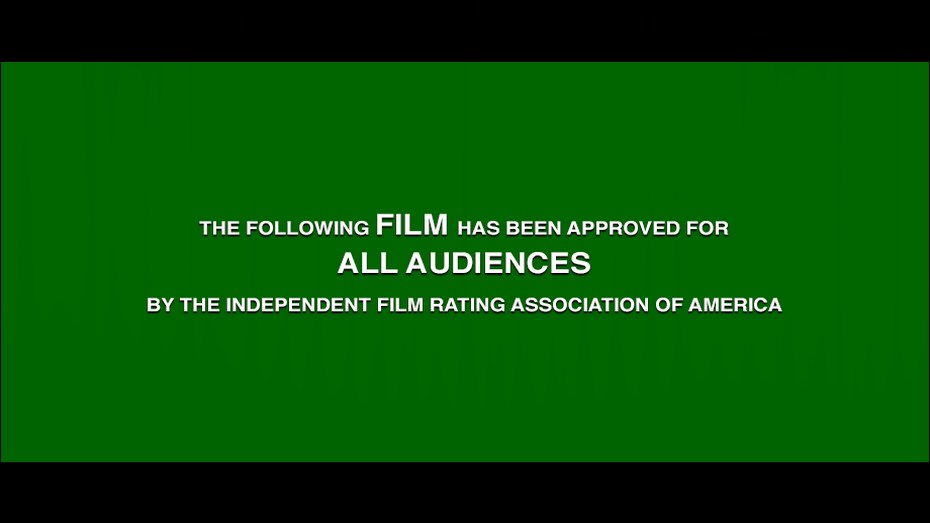Ko ta maatau whare pikitia me to wharepukapuka whakaataata ka taea noa te rere, te tango mai ranei ma nga mema anake
Me matakitaki tonu mo te FREE ➞He iti ake te waa 1 meneti ki te Haina Mai ka pai ai ki a koe te koa ki nga Kiriata Mutunga & Taitara TV.

The Urban Crisis and the New Militants: Module 7 - Cicero March (1966)
For a generation of young activists, the reality of war, imperialism, racism and the growing fragility of democratic liberalism was too much to handle. Force became a means to wrestle with this tension. As the discourse of a “country torn” finds its way into mainstream political analyses (for many the deep divisions in this country are not a new political reality), we should reflect on the writings of political dissidents and radicals. We should recognize the diversity of political analysis that is very much alive. The histories of armed struggle, if taken seriously, provide us with a means to think more critically about the center, and complicate its claims of moral and political right.
Momo: Documentary
Maka:
Kaimahi: Bill Cottle (Director), Mike Gray (Director), Mike Shea (Camera Operator), Mike Gray (Sound), Jay Litvin (Editor)
Subtitle:
![]()
![]()
![]()
![]()
![]()
![]()
![]() ETC.
ETC.
Tuku: Jan 01, 1966
Rongonui: 0.701
Reo: English
Studio: The Film Group
Whenua: United States of America
